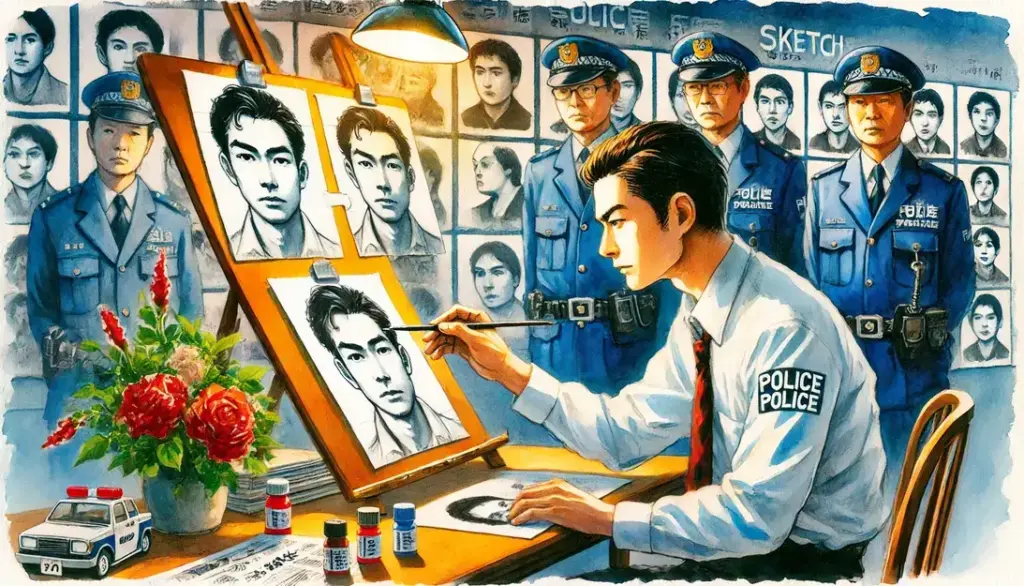Imagine a profession where art meets justice, and every pencil stroke could help solve a crime. Japanese police sketch artists play this fascinating role, creating detailed images of suspects based on witnesses’ memories. Their work is not just about drawing—it combines creativity, technical skill, and an acute understanding of human anatomy. In Japan, where precision and dedication are highly valued, these artists are indispensable to modern law enforcement, offering a unique bridge between imagination and investigation.
The Role of Police Sketch Artists in Japan
In Japan, police sketch artists play a pivotal role in criminal investigations. They are not just talented illustrators but skilled professionals who combine artistic ability with investigative techniques to help catch suspects. Their work offers a crucial visual step in law enforcement, where attention to detail can make or break a case. Let’s explore how Japanese police sketch artists contribute to solving crimes.
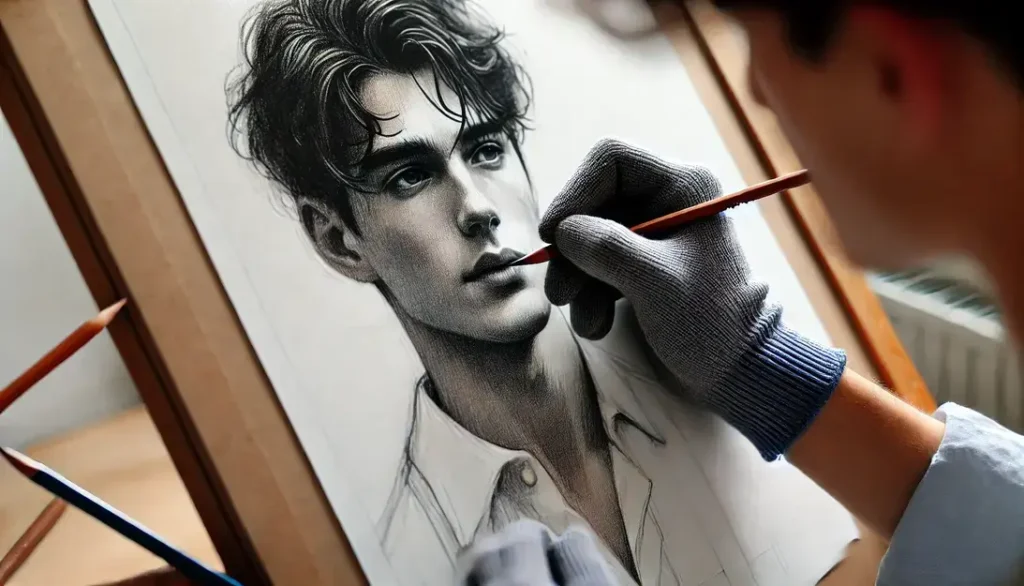
The Art of Composite Sketching
Composite sketching is the process of creating an image of a suspect based on verbal descriptions provided by witnesses or victims. This involves piecing together details such as facial features, hairstyles, and distinguishing marks to form a lifelike image of the individual. In many cases, it’s like solving a puzzle—assembling fragments of memory into a complete picture.
For Japanese police sketch artists, accuracy is everything. Their work often bridges the gap between witness recollections and actionable leads in investigations. They use not only artistic techniques but also incorporate software to refine sketches into lifelike portraits. These sketches are then disseminated to the public via media or shared internally to guide officers. The importance of composite sketching is highlighted in cases like those in Wakayama Prefecture, where decades of experience have turned some sketch artists into revered trainers for the next generation.
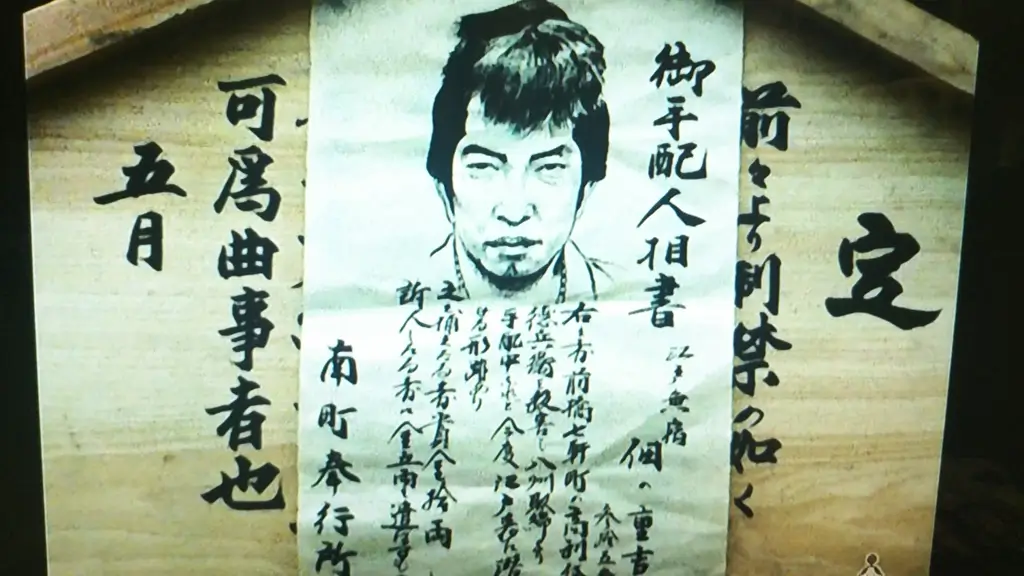
Collaboration with Witnesses
Collaboration is at the heart of the sketching process. Japanese police sketch artists work closely with witnesses to extract key details about a suspect’s appearance. Witness accounts can sometimes be clouded by trauma or fear, making the role of the sketch artist even more critical. They listen intently, offer gentle prompts, and ask probing questions to clarify details like the shape of a nose or the curve of a jawline.
This collaborative process is as much about building trust as it is about artistry. Witnesses often need reassurance and guidance to recall specific features. Japanese artists are known for their patience and empathy, traits that are essential in coaxing out accurate memories. A calm demeanor combined with the ability to translate words into visuals ensures their sketches are reliable and actionable.
Impact on Solving Crimes
Police sketches have proven their worth in Japan, sometimes becoming the key to solving high-profile cases. One notable example is a case involving a serial purse snatcher in Tokyo. The composite sketch circulated in local neighborhoods matched the suspect closely, leading to their eventual capture.
Moreover, Japanese police forces often rely on sketches alongside other forensic tools, creating a multi-faceted approach to crime-solving. These images become powerful symbols in media campaigns, alerting communities to active threats. As noted in global forensic artist analyses, the success of these sketches often depends on both the skill of the artist and the willingness of witnesses to engage openly in the process.
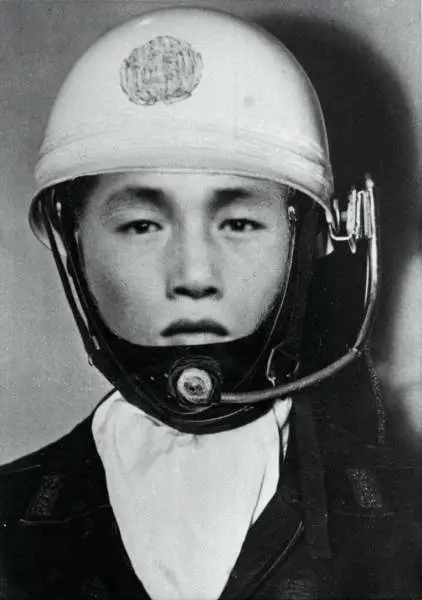
Through their artistry and investigative acumen, Japanese police sketch artists continue to play an essential role in identifying suspects and delivering justice. Their work serves as a reminder that, even in an age dominated by technology, the human touch remains irreplaceable in law enforcement.
Becoming a Police Sketch Artist in Japan
The path to becoming a police sketch artist in Japan is both structured and specialized. It blends academic learning, rigorous training, and a finely tuned skill set. These artists are not just talented illustrators; they are criminal justice professionals who work to visually reconstruct suspects from memory. Here’s what it takes to step into this unique role.
Educational Background
A strong academic foundation is critical for anyone aiming to become a police sketch artist in Japan. Many professionals start by earning degrees in fine arts, graphic design, or visual arts, gaining a deep understanding of artistic techniques. Others choose to study criminal justice, merging a passion for art with the operational aspects of law enforcement.
Some Japanese artists may also specialize in fields like anatomy or psychology to boost their skills in forensic sketching. These areas help them to understand facial structures and human behavior, both of which are crucial when they’re reconstructing images from fragmented memories.
Globally, forensic art programs and certifications also provide added credibility to an artist’s expertise. If you’re interested in examples, this guide on forensic artistry highlights the importance of formal learning and creative aptitude in pursuing the career.
Specialized Training Programs
Beyond academic degrees, specialized training is essential for mastering the craft of police sketch artistry. Artists in Japan typically undergo in-depth courses focusing on anatomical studies, allowing them to accurately depict facial features. They learn to capture nuances like the curve of a cheekbone or the placement of a scar.
Another key component of their training is suspect-interview techniques. It’s not just about sketching; they need to ask the right questions, interpret vague answers, and guide witnesses in recalling specific details. Programs like the SketchCop Academy offer training in these areas, enabling artists to refine their communication and observation skills.
In some cases, Japanese sketch artists may also participate in advanced courses on digital sketching tools, broadening their technical capabilities. Certification programs, such as those outlined by the IAI forensic art requirements, serve to officially validate their expertise.
Skills Required for Success
To excel as a police sketch artist in Japan, a unique combination of artistic, interpersonal, and observational skills is necessary. These professionals must possess:
- Exceptional listening and communication abilities: Why? Because witnesses often struggle to recall details under stress. Effective conversation ensures accurate descriptions.
- Empathy and patience: Witnesses and victims benefit from compassionate interaction, especially after experiencing trauma. Empathy helps artists build trust during interviews.
- Attention to detail: Every line and shadow must be intentional to create lifelike and actionable sketches.
- Time management skills: Investigations often run on tight timelines. Artists must work quickly without sacrificing accuracy.
- Critical thinking: Artists analyze fragmented memories and fill in gaps to produce a clearer visual interpretation.
Japanese sketch artists continuously refine these abilities through practice and self-improvement, ensuring they stay adaptable to the demands of modern-day policing.
In essence, becoming a police sketch artist in Japan is more than a career—it’s a blend of art, science, and empathy aimed at supporting law enforcement in solving crimes. Through education, training, and dedication, they transform words into powerful images that drive justice forward.
Methods and Techniques Used
Japanese police sketch artists rely on a range of methods that blend traditional artistry with modern tools. Their techniques are carefully honed to create detailed and precise sketches that serve as vital investigative tools. Let’s explore how they achieve such remarkable accuracy.
Traditional Sketching Techniques
Traditional Japanese police sketching still plays a significant role in creating suspect profiles. Artists use pencils and sketch pads to manually develop each facial feature. They start with a basic structure, such as the shape of the head, and gradually add individual elements like eyes, noses, and mouths, similar to layering pieces of a puzzle.
A significant aspect is their step-by-step feature development. Artists interview witnesses meticulously, asking careful questions to reconstruct features. For instance:
- Was the nose sharp or flat?
- Were there visible scars, moles, or tattoos?
- Did the person have a prominent jawline?
Witnesses often struggle with fragmented memories, so artists focus on listening and interpreting descriptions effectively rather than rushing the process. It’s a delicate art form requiring patience and precision.
Forensic sketching in Japan has roots in historical practices, as explored in this Mainichi article on Edo-period techniques. These original concepts of paying close attention to detail continue to inform artists today.
Digital Tools in Modern Sketching
In recent years, Japanese police sketch artists have embraced digital technologies to complement their traditional methods. Tools like imaging software, tablets, and digitized facial feature databases allow for faster and more flexible sketching.
One example is the use of specialized software that lets artists build faces by selecting predefined features (such as eyes or hair) from a vast library. This can be particularly effective when witnesses cannot vividly describe a suspect but can visually identify key traits. According to a report from CBC News, this hybrid approach enables quick revisions and better collaboration with investigators.
Digital tools also enhance the sharing and distribution of sketches. These images can be instantly transmitted to other law enforcement agencies or broadcast to the public. In cases where time is critical, modern technology provides a significant advantage.
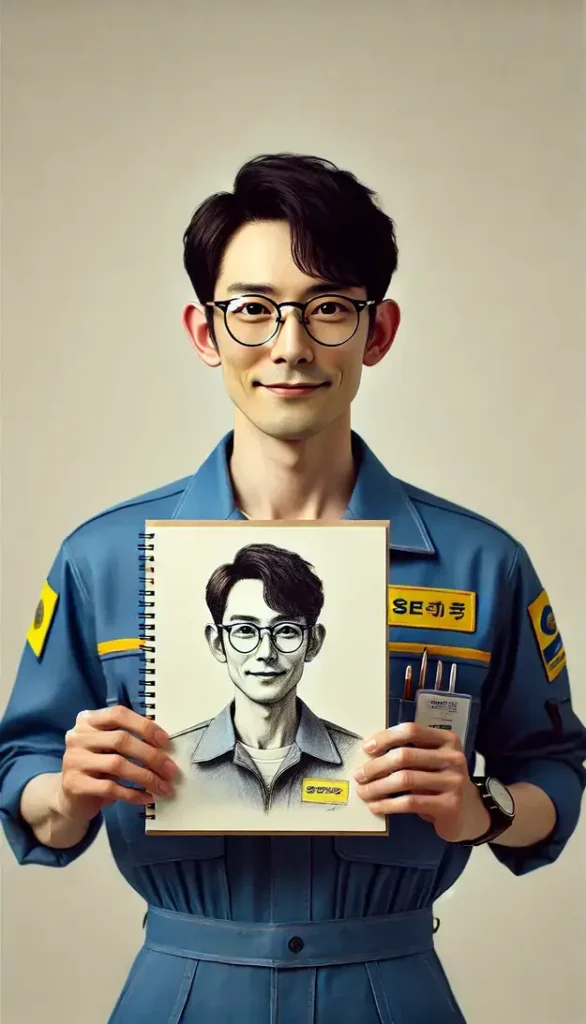
The Importance of Facial Anatomy Knowledge
Understanding facial anatomy is essential for any forensic artist. It helps Japanese police sketch artists create realistic and proportional representations of suspects. Knowing how muscles, bones, and skin interact aids in accurately depicting even the subtlest details.
For example:
- The curve of a cheekbone, when exaggerated or underdefined, can change the entire perception of a face.
- Understanding the placement of muscles around the mouth ensures lifelike smiles, frowns, or neutral expressions.
- Recognizing how age impacts facial structure helps artists create sketches for diverse age groups.
Artists often study human anatomy as part of their training, as emphasized in resources like Forensic Artist Guidelines. They apply this knowledge to interpret witness statements and refine sketches based on logical estimations of structure.
By combining technical skills with anatomical understanding, Japanese police sketch artists ensure their work remains both precise and visually compelling—critical elements in solving crimes.
Through their use of traditional techniques, digital tools, and a profound grasp of human anatomy, these artists balance art and science to create suspect images that drive investigations forward.
Famous Japanese Police Sketch Artists
Japanese police sketch artists aren’t just talented illustrators; they are innovators, blending artistic mastery with investigative precision. Among the most notable is Shoji Ozaki. His remarkable achievements and commitment to mentoring the next generation have shaped this niche profession into a modern art form.
Shoji Ozaki’s Achievements
Shoji Ozaki, one of Japan’s most respected police sketch artists, started his career as an oil painter before lending his talents to law enforcement. His artistic roots gave him a unique perspective, enabling him to capture intricate details that others might overlook. Over his career, Ozaki completed over 320 suspect sketches, a number that underscores both his skill and dedication.
Ozaki’s work went beyond creating composite sketches; his meticulous artistry played a key role in solving numerous high-profile cases. His portraits were credited for leading to multiple arrests, demonstrating the real-world impact of his craft. Such achievements earned him significant recognition, including awards for his contributions to the Japanese police force.
His success was not just about technical skill—it was also his ability to empathize with witnesses. Witnesses often described him as approachable and patient, which helped them recall challenging details under stressful circumstances. If you’re curious about the broader role of forensic sketch artists, resources like Forensics Colleges offer additional insights into the profession.
Training Future Artists
Ozaki’s legacy doesn’t end with his own work; he has also been instrumental in shaping the future of the field. As a mentor, he trained young artists, preparing them to take on the evolving challenges of modern law enforcement. His teachings combined traditional artistic techniques with new digital tools, offering a balanced approach.
Through specialized workshops and technical insights, Ozaki introduced modern sketching methods, including the integration of digital composite tools. His students learned to blend artistic intuition with efficiency, ensuring sketches were not only accurate but also completed quickly—a critical factor in criminal investigations. Programs like the SketchCop Academy offer similar training methodologies for aspiring forensic artists.
Ozaki also emphasized the importance of communication skills for police sketch artists. He taught his trainees how to ask the right questions and guide witnesses through the process of recalling details, even when memories were fragmented. Much like solving pieces of a puzzle, his methods helped trainees bridge the gap between testimony and tangible evidence.
By modernizing traditional techniques and inspiring a new generation of artists, Shoji Ozaki has ensured the continued relevance and effectiveness of police sketch artistry in Japan. His contributions stand as a testament to the power of art in the service of justice.
Challenges Faced by Japanese Police Sketch Artists
Japanese police sketch artists are integral to criminal investigations, relying on both their artistry and communication skills to create suspect profiles. Yet, the profession comes with unique challenges that demand adaptability and resilience. From managing witness bias to dealing with the pressure of high-stakes investigations, artists face obstacles that require more than just an expert hand with a pencil.
Overcoming Witness Bias
One of the biggest hurdles for Japanese police sketch artists is handling the inconsistencies often found in witness recollections. Humans don’t have perfect memories, and under stress, details can become exaggerated, overlooked, or misremembered. For example, one witness might emphasize sharp features while another describes a softer face. What’s the result? A jumble of clashing descriptions.
To address this, artists depend on precise interviewing techniques. They avoid asking leading questions and gently guide witnesses to focus on specific features. For instance:
- Instead of asking, “Did the person have a square jaw?” they might say, “Can you describe the shape of the person’s jawline?”
- They often use comparative methods, like showing multiple base sketches and asking witnesses to identify the features that match.
Experienced artists adapt to these inconsistencies by piecing together a “best-fit” image. Think of it like assembling a mosaic—it’s not about perfect symmetry but crafting a visual that makes sense overall. Resources like Reducing Bias in Eyewitness Sketches suggest eliminating middleman errors and carefully managing witness interactions to avoid influencing memories further.
Witness cooperation is key. Artists must foster trust, showing empathy to ensure witnesses feel comfortable enough to recall critical details. The process requires patience, but it’s essential for achieving a sketch that aligns closely with the truth.
Handling High-Stress Environments
The stakes are high for Japanese police sketch artists, especially when their work directly influences ongoing investigations. The responsibility of interpreting fragmented memories into actionable sketches is no small task—it’s a heavy burden to carry. Add to that the tight deadlines in some cases, and the stress can quickly become overwhelming.
Artists handle this pressure through a mix of preparation and self-care practices. Many adopt techniques similar to those recommended for first responders, such as mindfulness exercises or art therapy sessions, which help maintain clarity and emotional stability. According to Police Art Therapy Practices, these methods create safe mental spaces for confronting the challenges of emotionally taxing work.
In the field, quick thinking is critical. Conversations with witnesses can sometimes grow tense, but artists remain calm to encourage clarity. This level-headed approach ensures they can produce sketches efficiently without sacrificing quality. A great example is the advice found in Building Psychological Resilience, which emphasizes staying proactive about mental wellness both during and after high-pressure events.
Ultimately, Japanese sketch artists are more than illustrators; they are vital links in the criminal justice process. By managing the tension between emotional demands and professional responsibilities, they turn an inherently stressful job into a meaningful contribution to public safety.
The Future of Police Sketch Artists in Japan
As technology continues to shape modern law enforcement, Japanese police sketch artists look toward a future where tradition meets innovation. While their meticulously hand-drawn composites remain a cornerstone of crime-solving, advancements in technology signal new possibilities for this vital profession.
Integration of AI and Machine Learning
AI and machine learning are rapidly making their way into law enforcement across the globe, and Japan is no exception. These technologies are poised to augment the traditional skills of police sketch artists in several significant ways.
AI-based tools can assist artists by generating baseline sketches using input from witnesses. Imagine a program that asks witnesses to describe features like eye shape, hair type, or facial structure, and within seconds, creates a rough draft for an artist to refine. This could save valuable time in investigations. Projects like the AI Witness Report are already exploring how AI can create realistic suspect images, offering a glimpse into what the future could hold.
Machine learning can also refine these digital composites by analyzing existing suspect images and identifying patterns in facial recognition. For example:
- AI can detect inconsistencies in witness descriptions and suggest likely matches based on large datasets.
- It can compare sketches with profiles in criminal databases, ensuring better accuracy and faster identification.
However, while tools like OpenAI’s DALL-E have been adapted to create hyper-realistic images, there are questions about their reliability. Experts argue that AI lacks the human touch necessary to translate fragmented memories into meaningful visuals. A Guardian article highlights cases where manual drawings still outperform digital methods in capturing nuanced expressions and unique features.
For now, AI isn’t replacing the artistry of sketches but rather functioning as a collaborator. By combining human creativity with computational power, Japanese police sketch artists can potentially accelerate investigations without losing their personal touch.
Preserving Traditional Methods
As technology becomes more integrated into police work, preserving traditional sketching methods remains a priority in Japan. Why? Because these methods are deeply rooted in the culture of precision and patience that characterize Japanese law enforcement.
Traditional illustrations have unique strengths that digital tools simply can’t replicate. The process of manually sketching a suspect, based solely on dialogue with the witness, builds a level of trust. Witnesses often feel more comfortable watching an artist bring their memories to life on paper. This bond can’t easily be replicated by an AI program.
Moreover, facial sketches rely heavily on interpretation. An artist can perceive nuances in a witness’s voice or body language, prompting clarifications or adjustments to the image. For example:
- A quiver in a voice while describing the eyes might signal distress or uncertainty.
- Hesitation when detailing facial scars may require additional questions to get a clearer description.
Preserving these traditional techniques also ensures that future generations of sketch artists benefit from the rich history of craftsmanship. In fact, some experts believe that retaining these skills is essential even as digital tools evolve. According to the Mainichi News, using historical methods dating back to Edo-period practices continues to help law enforcement in solving crimes today.
Ultimately, while technology promises to enhance the efficiency of police sketching, it’s important to remember that these tools work best when paired with the human element. For Japanese police sketch artists, the future may bring faster methods, but their hand-drawn art will always remain a timeless asset in the pursuit of justice.
Conclusion
Japanese police sketch artists are a remarkable blend of artistry and investigative skill, bridging human memory and law enforcement needs. Through patience, empathy, and a deep understanding of facial anatomy, they bring crucial suspects to life on paper. This essential work stands resilient, even as technologies like AI and digital tools emerge to complement their craft.
Their role highlights the importance of artistry in justice, proving the human touch remains vital in solving crimes. As Japan carries forward this tradition, these artists will undoubtedly continue evolving while preserving their irreplaceable value. What do you think the balance between technology and artistic intuition should look like in law enforcement?

